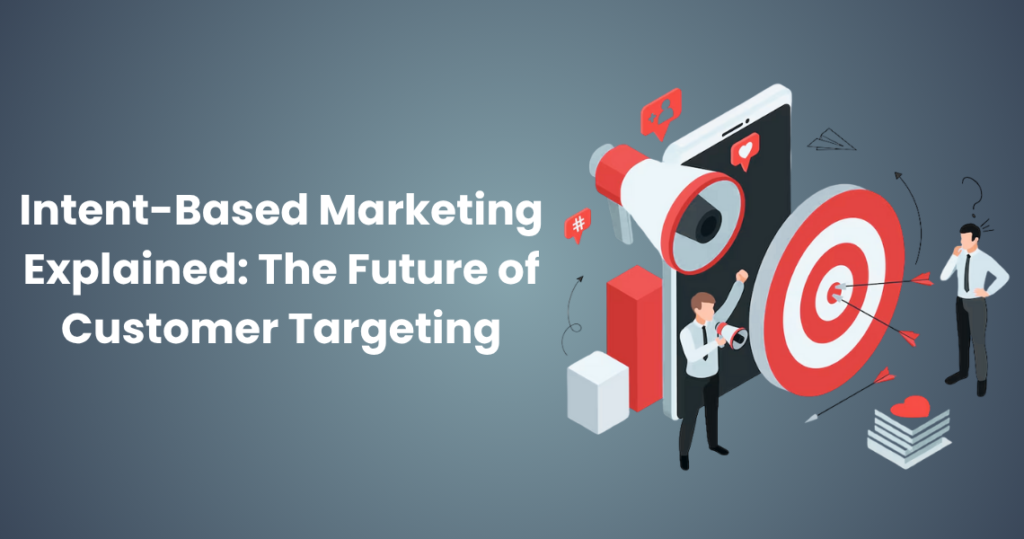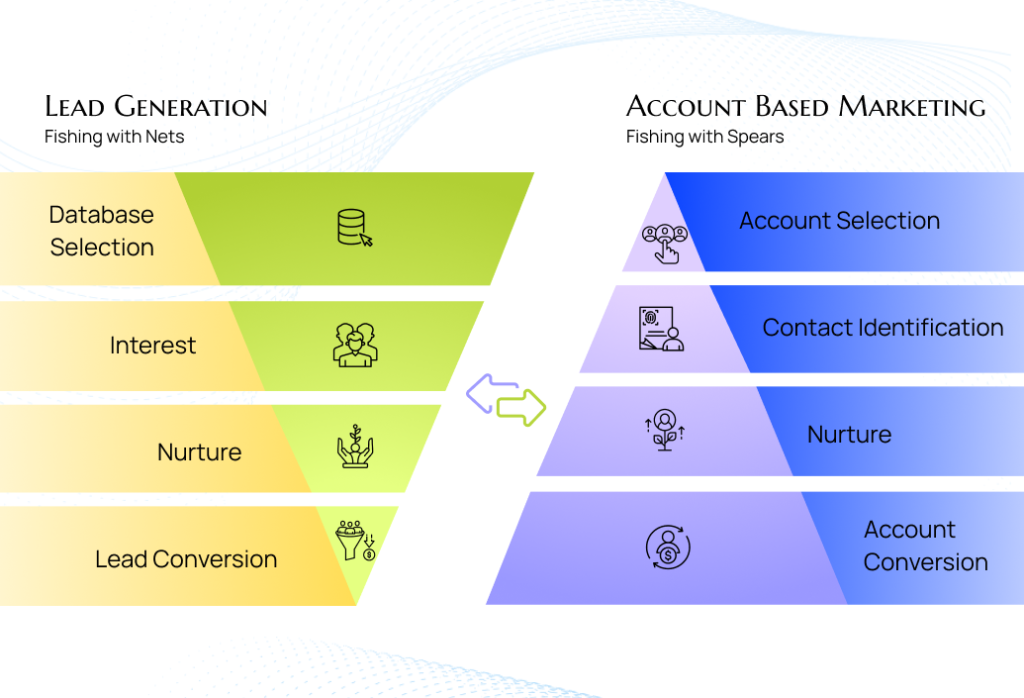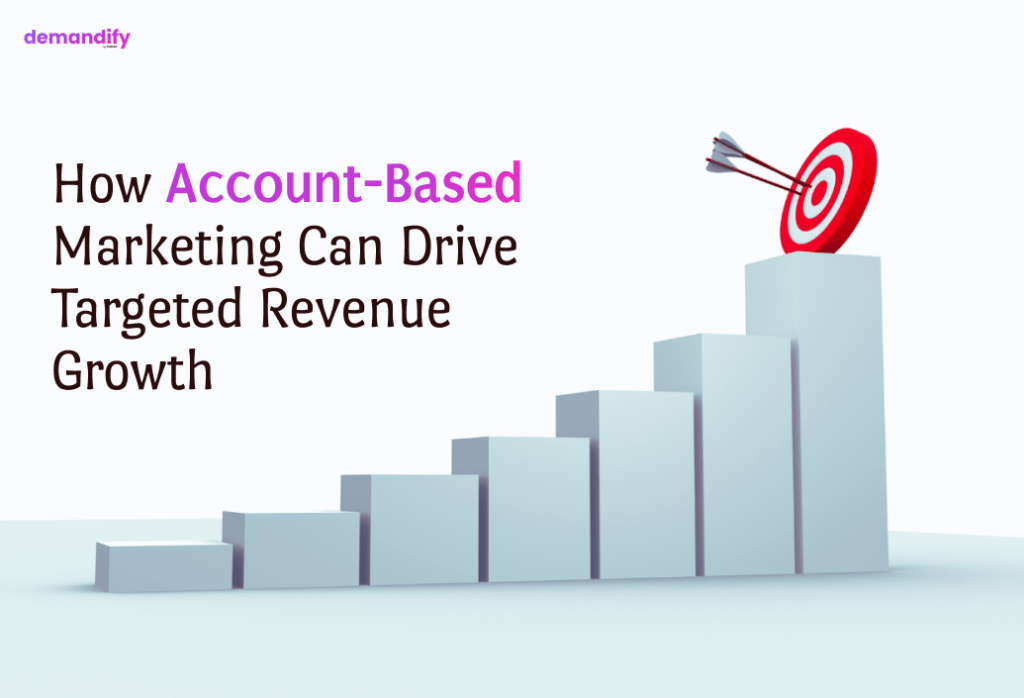Tracking Conversions and Measuring B2B Campaign Success
In the world of B2B marketing, the ultimate goal of any campaign is to drive measurable outcomes—whether it’s generating leads, nurturing prospects, or closing deals. Tracking conversions and effectively measuring success are critical to refining strategies, optimizing ROI, and demonstrating value to stakeholders.
What Are Conversions in B2B Marketing?
- Filling out a contact form or downloading gated content.
- Registering for a webinar or attending an event.
- Requesting a product demo or signing up for a free trial.
- Ultimately, making a purchase or signing a contract.
By clearly defining what a “conversion” means for your campaign, you can establish meaningful benchmarks for success.
Conversions in B2B campaigns refer to desired actions taken by prospects that align with your goals. These can include:
Tracking Conversions: The Tools and Techniques
- Set Up Conversion Goals:
In tools like Google Analytics, define goals that reflect your key performance indicators (KPIs). For example, track how many users submit a form or visit a pricing page. - Use UTM Parameters:
Track the performance of specific campaigns, channels, or ads by attaching UTM parameters to your URLs. This helps identify where conversions are coming from and which efforts are driving success. - CRM Integration:
Integrate marketing automation platforms (e.g., HubSpot, Marketo) with your CRM to track lead progression through the sales funnel. This ensures that conversions are tied to revenue outcomes. - Attribution Modeling:
Use attribution models to understand how different touchpoints contribute to a conversion. This is especially important in B2B, where buying cycles involve multiple stakeholders and channels. - Leverage Analytics Tools:
Platforms like Google Analytics, Salesforce, and Tableau provide insights into conversion data, helping you identify trends and opportunities for improvement.
Measuring Campaign Success
To assess the effectiveness of your B2B campaigns, consider the following metrics:
- Lead Conversion Rate:
The percentage of leads who move to the next stage of the sales funnel, such as becoming Marketing Qualified Leads (MQLs) or Sales Qualified Leads (SQLs). - Cost Per Acquisition (CPA):
Determine how much it costs to acquire a lead or customer by dividing campaign spend by the number of conversions. - Customer Lifetime Value (CLV):
Measure the projected revenue generated by a customer over their lifetime. This helps evaluate the long-term impact of your campaigns. - Pipeline Contribution:
Track how much pipeline value your campaign influences. This connects marketing efforts directly to revenue generation. - Engagement Metrics:
Monitor metrics like email click-through rates, content downloads, and webinar attendance to gauge campaign engagement.
Refining Campaign Strategies
Once you’ve analyzed your data, use it to refine your approach:
- Optimize Underperforming Channels: Redirect resources to high-performing channels and refine messaging for better results.
- Test and Iterate: Use A/B testing to experiment with creative, CTAs, and landing pages.
- Align with Sales: Collaborate with your sales team to ensure leads are nurtured effectively and insights are shared.
Conclusion
Tracking conversions and measuring campaign success is vital for achieving B2B marketing goals. With the right tools, strategies, and alignment, you can drive meaningful results and continuously improve your campaigns. By focusing on data-driven decisions, your marketing efforts will not only convert but also build lasting business impact.








